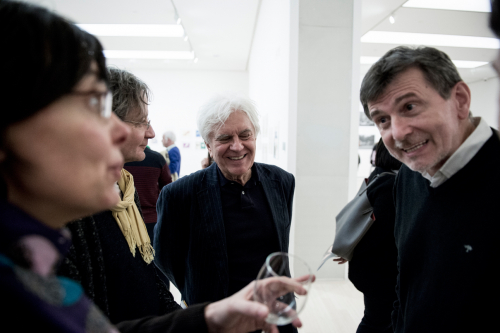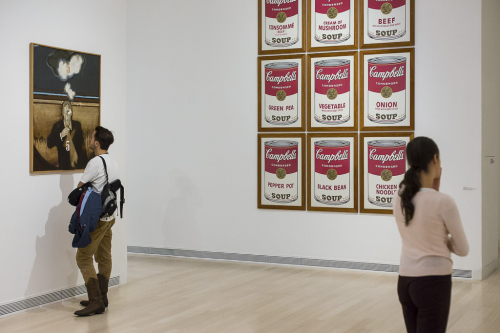
Westkunst - Ostkunst. A Selection from the Collection 1. August, 2017 – 26. January, 2020
The newly set collection display makes attempts to present emphatic points not only in well-organised chronological order or along stylistic features, but to examine the characteristics, consonances, differences as well as the artistic-cultural parallels between Western and Eastern art.





















